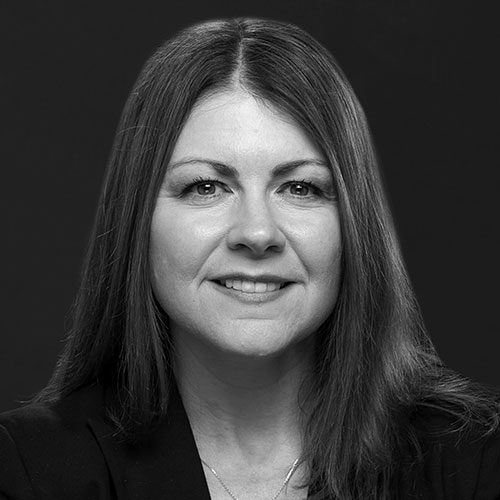Dr. Amy Diehl, Ph.D. lends her much-lauded expertise in the intersection of technology and higher education in this Q&A about the future risks and opportunities of tech and university life.

Amy Diehl, Ph.D
Chief Information Officer, Wilson College
How do you currently and hope to shape the future of higher education?
I have worked almost my entire current in higher education technology and I have seen great change in the past couple decades. The internet was new when I started and I’ve watched it transform from basic tools to send messages and look up websites to tools that allow anyone anywhere to gain an education, research, and teach. Higher education is no longer place-bound, and that’s thanks to the Internet and all the related technologies. My IT career has allowed me to play a central role in facilitating the technology transformation in the institutions where I have served.
What current problems do you see within the higher education sphere?
Being able to evolve quickly enough to keep up with workforce demands. There should be incentives for piloting new initiatives — be that a new technology platform, a new program, a new curriculum, a new back-office process, or a new learning modality. Pilot initiatives that succeed should be expanded, while those that don’t succeed should be used as a learning opportunity. Faculty and staff should be rewarded for trying something new and learning from it.
How does technology play a role in both the problems and solutions we see within higher education today?
In today’s world, technology is infused into almost every aspect of higher education. But with the ubiquitousness of technology comes cybersecurity risks. There are many technologies that can help secure systems while maintaining usability. But if I can give one quick tip, it’s this: Turn on multi-factor authentication for everyone in front of every system. Most hacking-related breaches are the result of stolen or weak password. Multi-factor authentication adds another layer of protection from attacks that can cost institutions millions.

